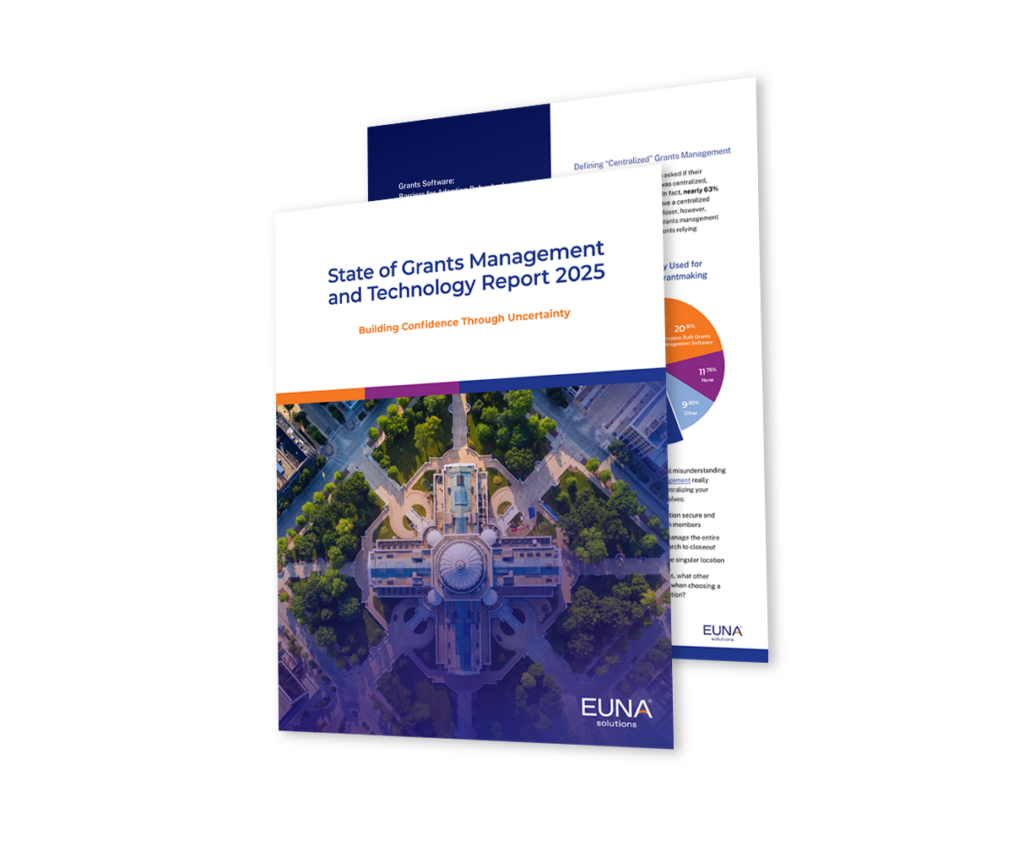Enterprise Resource Planning (ERP) systems have become an essential tool for complex organizations, but when it comes to procurement in the public sector, they aren’t enough.
As public procurement partners, we speak to many procurement professionals at public sector agencies, and we frequently hear one common refrain—that they feel imprisoned by their ERP. For many of them, their organizations have invested a lot of time and money in ERP systems that do many things well and are there to stay. But to make them work as general admin tools requires a lot of finessing and fitting square pegs into round holes—leaving too much of procurement up to error-prone manual processes. If that sounds familiar to you, it’s because procurement in the public sector involves unique challenges that ERP systems built for corporations were never designed for.
Here are the specific areas where they tend to fall short:
1. Limited supplier reach:
ERP systems don’t go far enough when it comes to reaching and managing suppliers. There’s often little visibility into supplier performance and risk, limited supplier collaboration and communication, and little or no ability to manage supplier contracts and agreements. Not to mention, ERPs can’t connect you with the vendor communities and networks that sometimes come with a dedicated procurement solution, which means that fewer qualified vendors see and bid on your agency’s solicitations in the first place.
2. Contract management frustration:
ERP systems might have basic contract management capabilities, but they can’t handle the whole contract lifecycle, from creation to execution and renewal. Procurement software offers a one-stop solution that covers the whole range of contract management challenges.
3. No integrated workflows:
ERP systems don’t provide integrated workflows or automatic approval management, making it difficult to set up and maintain efficient procurement processes. On the other hand, purpose-built procurement software gives you control over your workflows and approvals, often with added features like notifications and integrated messaging, all of which makes it easier for you to get your job done.
4. Spend analysis shortcomings:
ERP systems don’t provide detailed and actionable spend analysis to help you and your stakeholders save money, but specialized procurement software gives you a complete view of your procurement spend, helping you track and find cost-saving opportunities.
5. Weak vendor performance tracking:
ERP systems don’t provide robust vendor performance tracking capabilities, making it difficult to make sure your suppliers are living up to their obligations. Meanwhile, purpose-built procurement software collects feedback from stakeholders and gives you real-time data and insights to help you monitor supplier performance and ensure compliance.
6. No collaboration:
ERP systems don’t provide support for collaborative procurement, making it difficult for procurement or evaluation teams to work together. Purpose-built procurement software provides a platform for collaboration, helping procurement teams achieve better and faster results.
7. No eSourcing:
ERP systems often don’t have eSourcing capabilities, making it hard to manage sourcing events electronically. There isn’t a place for procurement and its stakeholders to build solicitations and RFPs collaboratively, no place for suppliers to see your solicitations or submit bids, no support for sealed bids, no bid evaluation tools, and no integrated way to track internal and external communication that may be needed later to support a purchasing decision.
8. No supplier diversity tracking:
ERP systems don’t have the capability to track supplier diversity, making it difficult to monitor diversity goals and initiatives or even comply with regulations. Purpose-built procurement software has tools to help procurement professionals meet diversity goals and requirements.
9. No support for strategic sourcing:
ERP systems don‘t offer support for strategic sourcing, which is critical for optimizing spend and driving savings. They’re not tied in to co-op and piggyback sourcing opportunities, and they can’t bring all your sourcing data together to help you make better purchasing decisions. Purpose-built procurement software has the tools and insights you need to support your agency’s strategic sourcing efforts.
10. No audit trails:
ERP systems aren’t equipped to collect and store all the data and communications an agency needs when facing a supplier dispute or regulatory trouble, but a built-for-purpose solution will record everything important, and even guide users towards defensible decisions – by flagging outlier evaluator scores or requiring written justifications from evaluators, for example.
ERP systems are great for many things, and are integral to many public agencies’ core functions, like finance management and HR. But when it comes to procurement, they simply don’t have the capabilities needed to support procurement professionals. Luckily, there are alternatives built just for public sector procurement, coming with all the tools and capabilities you need to achieve procurement excellence. And you don’t have to give up your ERP, either. Many procurement software packages offer integrations that can exchange data with your ERP, making purpose-built procurement software the perfect ERP complement.
Learn how you can supercharge your ERP for the unique needs of public sector procurement—book a demo!

